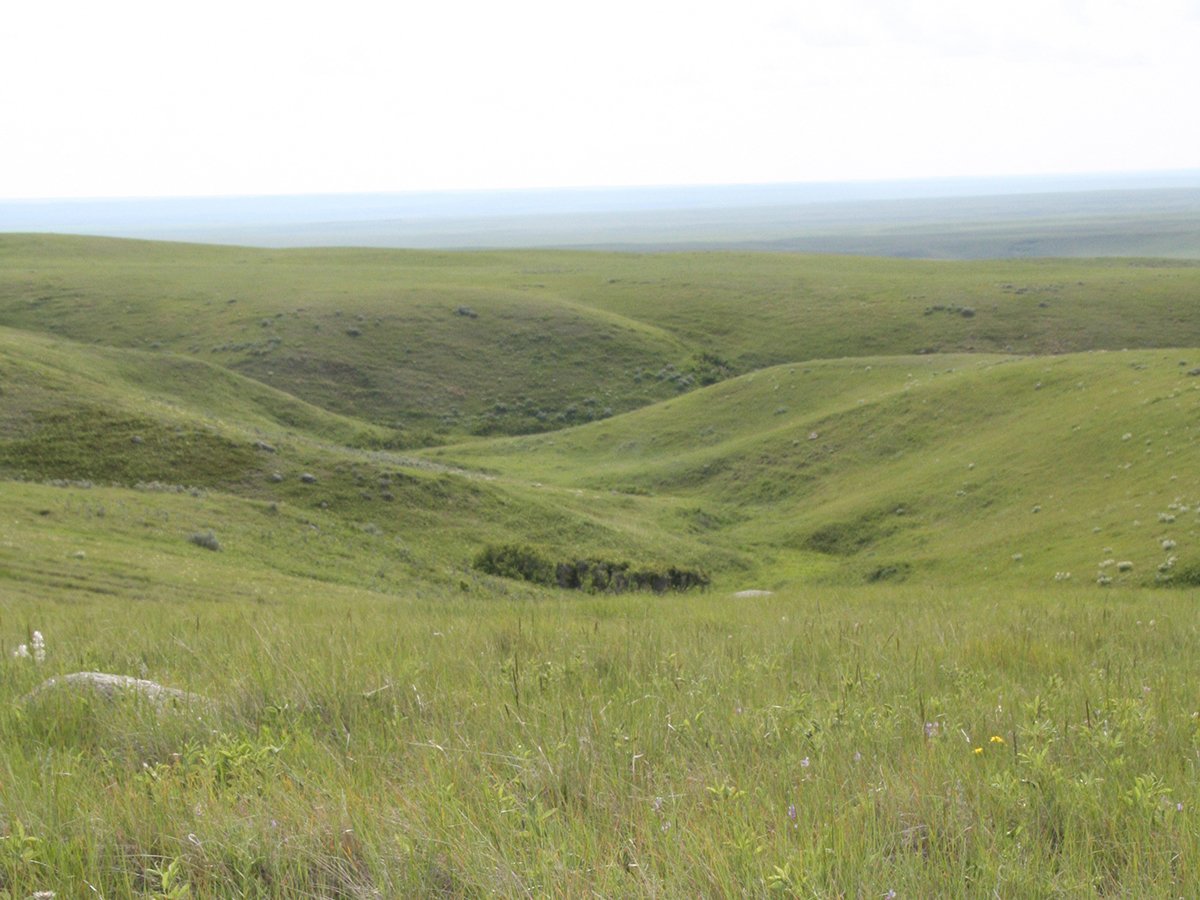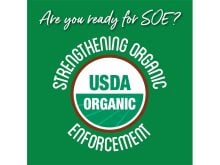VANSCOY, Sask. – More lamb producers are learning how to process their own meat to sell closer to home since sheep have been caught up in the BSE border ban shutting them out of the U.S. market.
“Right away it (BSE) was a great hardship to us. Before the closure, lamb sold at $1.26 a pound. One week after it was 75 cents and has gone down ever since,” said Colleen Sawyer of the Saskatchewan Sheep Development Board at a lamb butchering, cutting and wrapping workshop in Vanscoy Oct 16.
Read Also

Alberta irrigation project on grasslands approved
Environmental concerns raised by Alberta conservation groups over irrigation expansion project within rural municipality
“Lamb is something you can easily butcher at home and this will encourage people to slaughter and eat their own lambs at home.”
Darrell Fehr, owner of Vanscoy Sausage and Meats Ltd. where the seminar was held, said sheeps’ slight build and gentle manner make them easy to handle at slaughter and when cutting.
Fehr and fellow meat-cutter John Schlosser guided a group of 13 participants, mainly sheep producers, through various cuts including boneless rolled roasts, ribs and chops on four lambs slaughtered the previous day.
“I don’t know why people don’t eat more lamb. It’s a versatile meat and you can do anything with it,” said Fehr.
Lamb is the least popular red meat in North America. According to Statistics Canada, Canadians eat just more than one kilogram of lamb per capita annually.
“People are afraid of it because they think it’s hard to cook. I found it real simple. It barbecues very nice,” said Tasha Epp.
She and her husband Jared keep sheep on their acreage where they breed Border collies. Besides using lamb in various recipes as a substitute to beef, she also uses the fat to make soap.
Sawyer said rosemary, prunes, saskatoon berries and other stewed fruits go well with lamb, which must be cooked at a lower temperature than beef and never overcooked.
“It takes on flavours and marinades quicker than other meats. You can just do so many things with it.”
Sawyer said lamb consumption in Canada is increasing due to a growing ethnic market in the East. She said it has taken a generation to get away from the memory of overcooked wartime mutton, but more young people are now apt to give lamb a try. An increasing number of restaurants also serve cuts of lamb.
The Saskatchewan Sheep Development Board encourages consumption of Canadian lamb. Sawyer said people should ask for Canadian lamb when eating out so restaurants know there is a demand for the product.
While much of the lamb served in Canada comes from New Zealand, Sawyer said Canadian lamb is superior.
“Canadian lamb is fed grain and raised for meat, specifically to have good flavoured meat. New Zealand raises it for wool and meat is the byproduct.”
New Zealand lamb has a stronger ovine flavor, she said.
“Some people don’t mind it, but if they’re trying it for the first time, it might not encourage them to eat lamb.”
When trying lamb at home for the first time, Fehr suggests starting with a roast, which is easy to cook, or a chop or steak to get the real flavour of the meat.
















